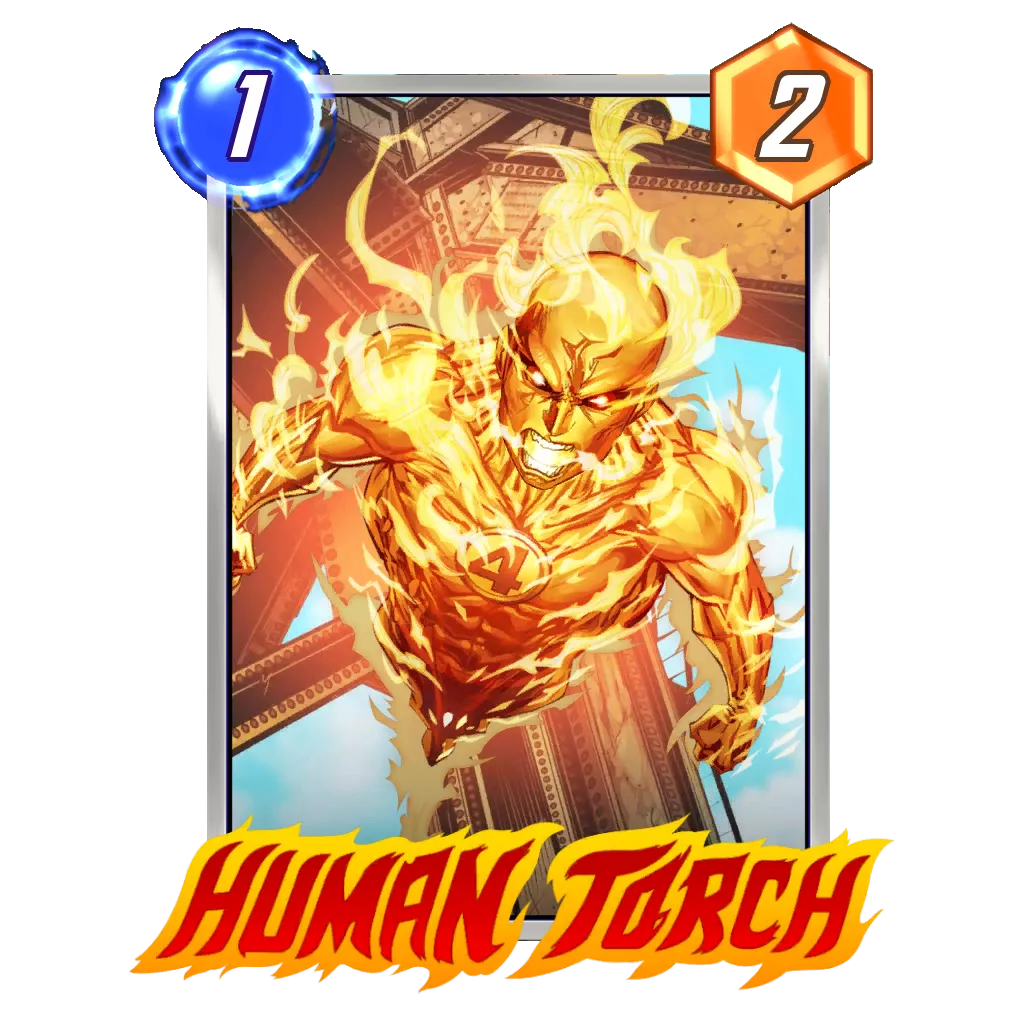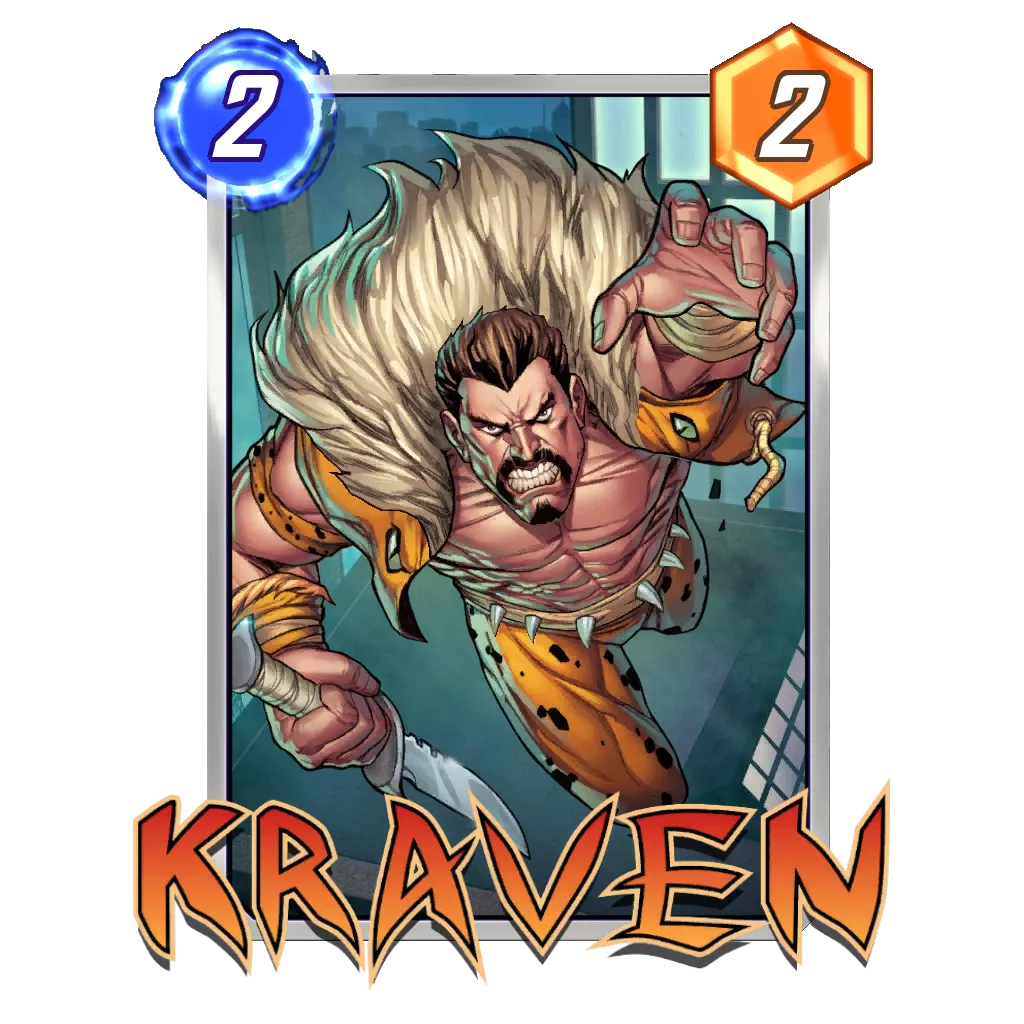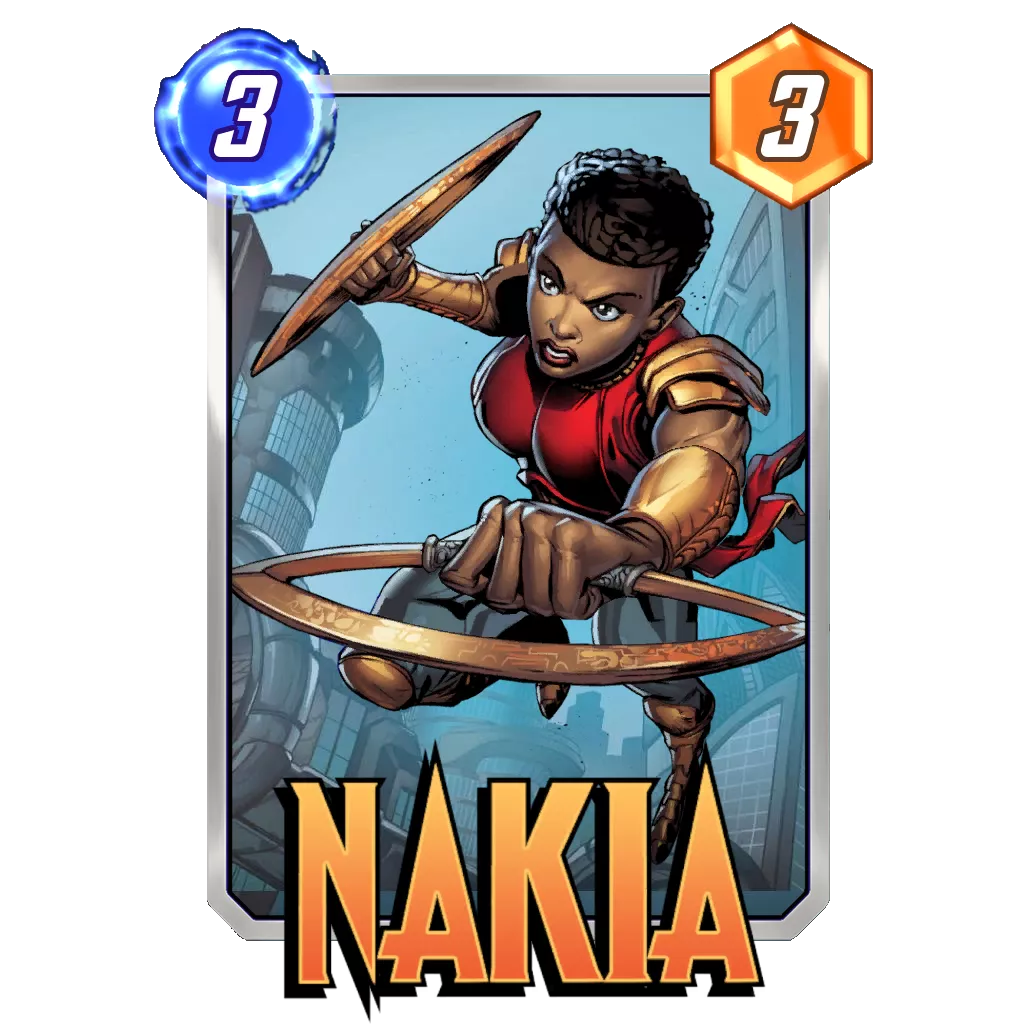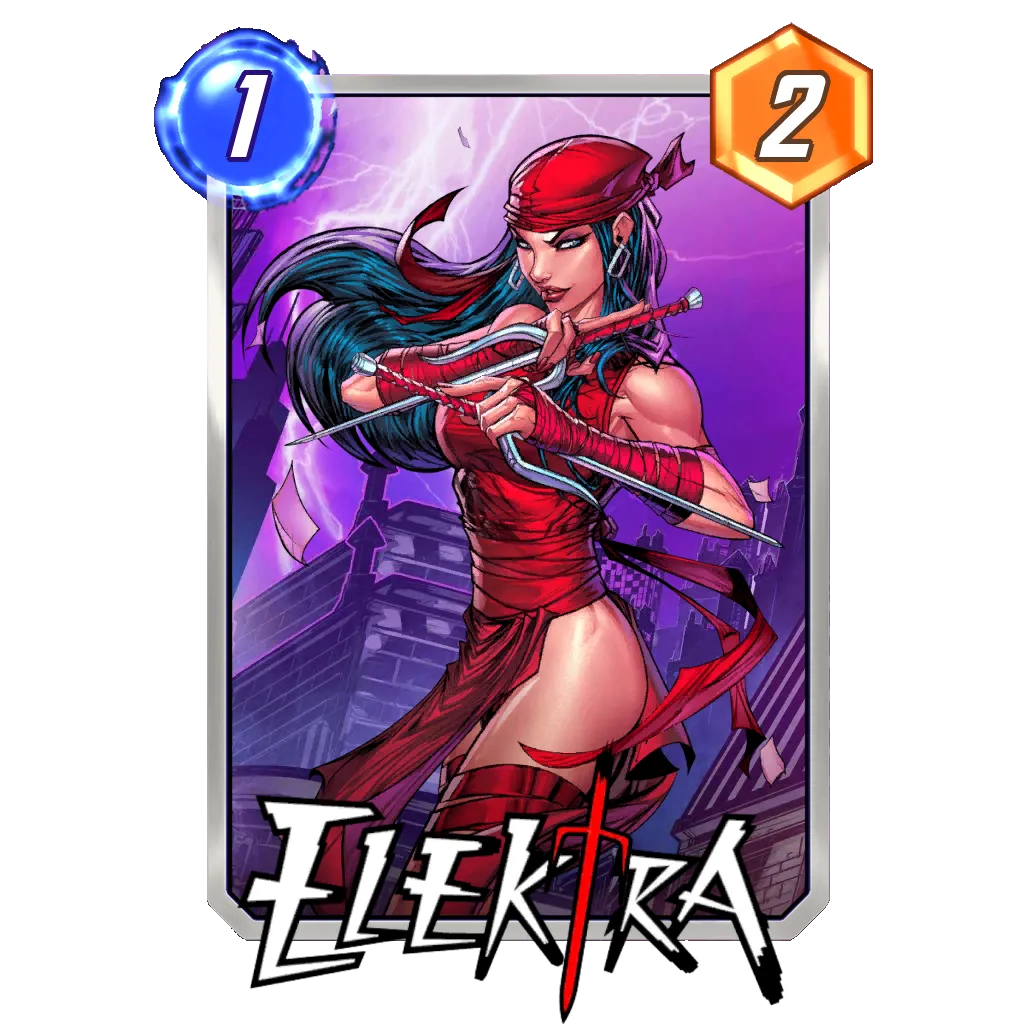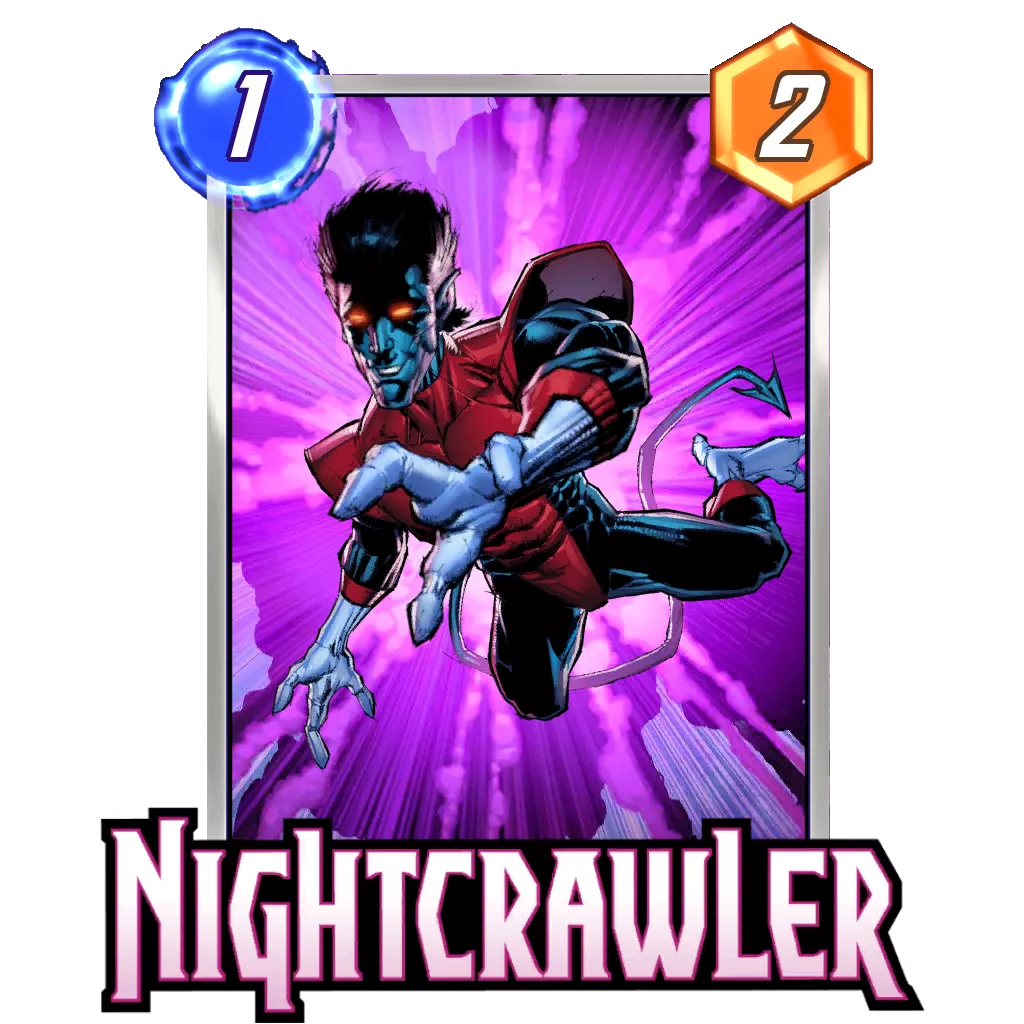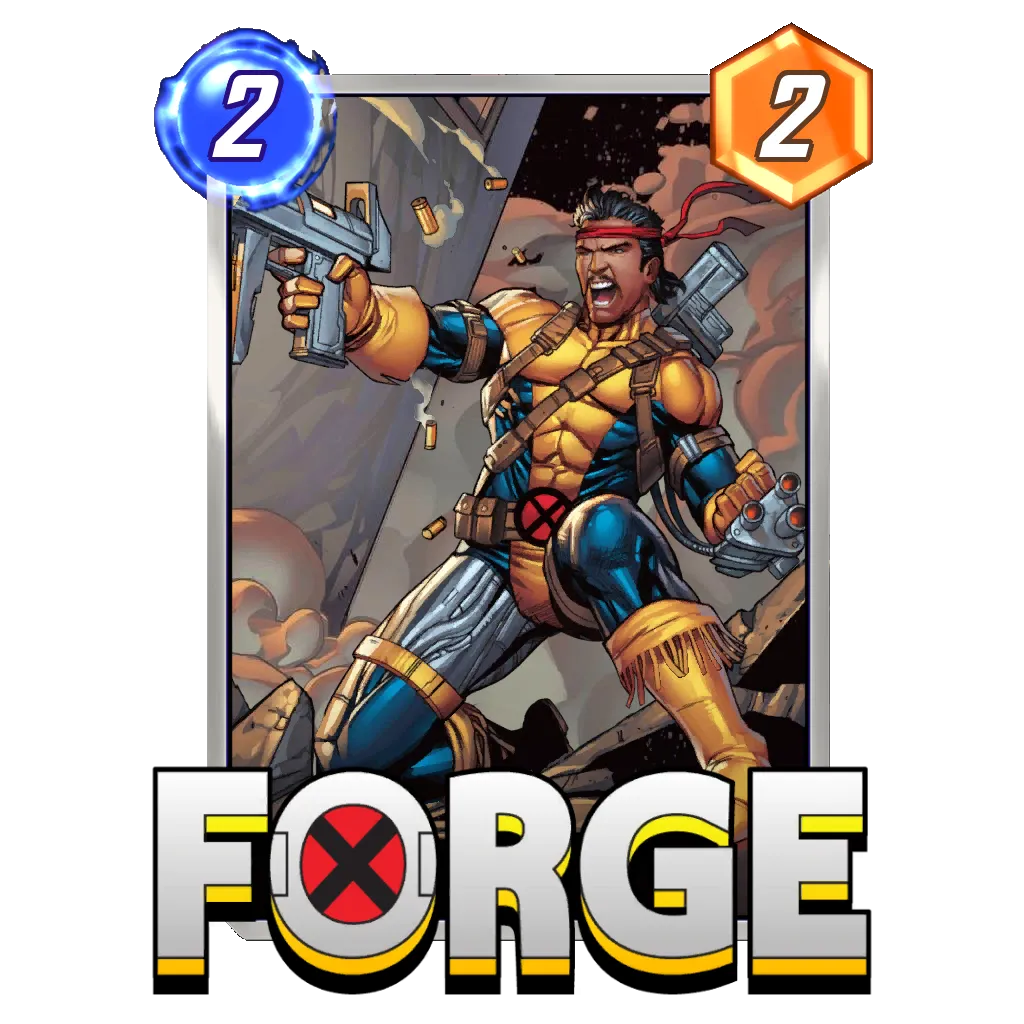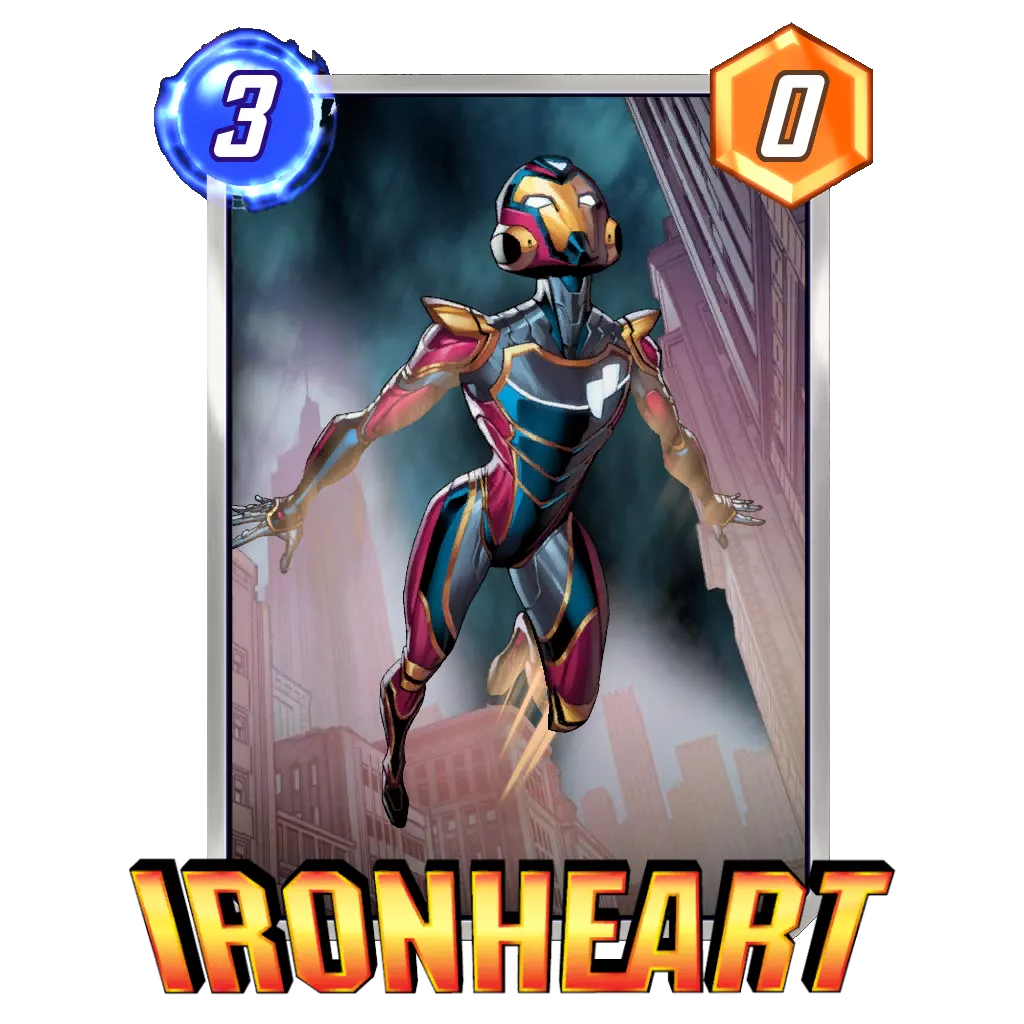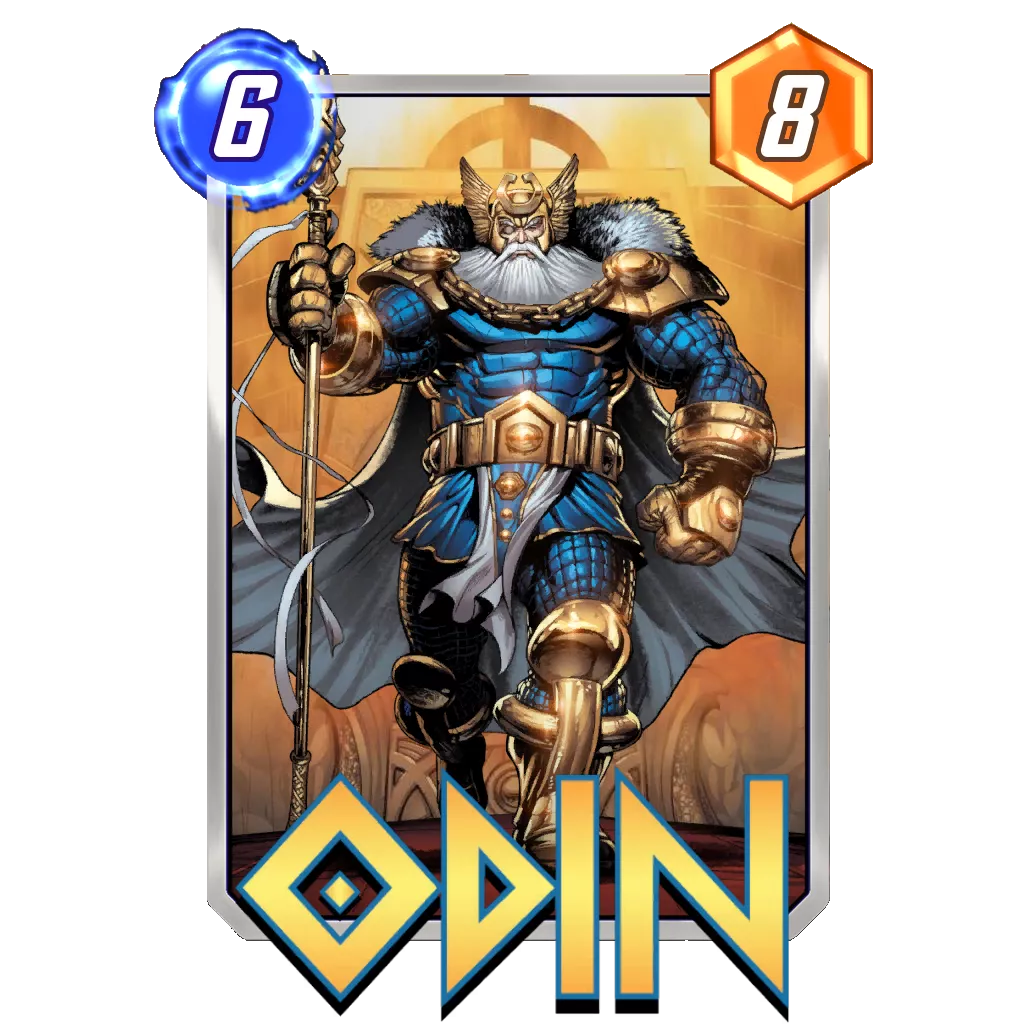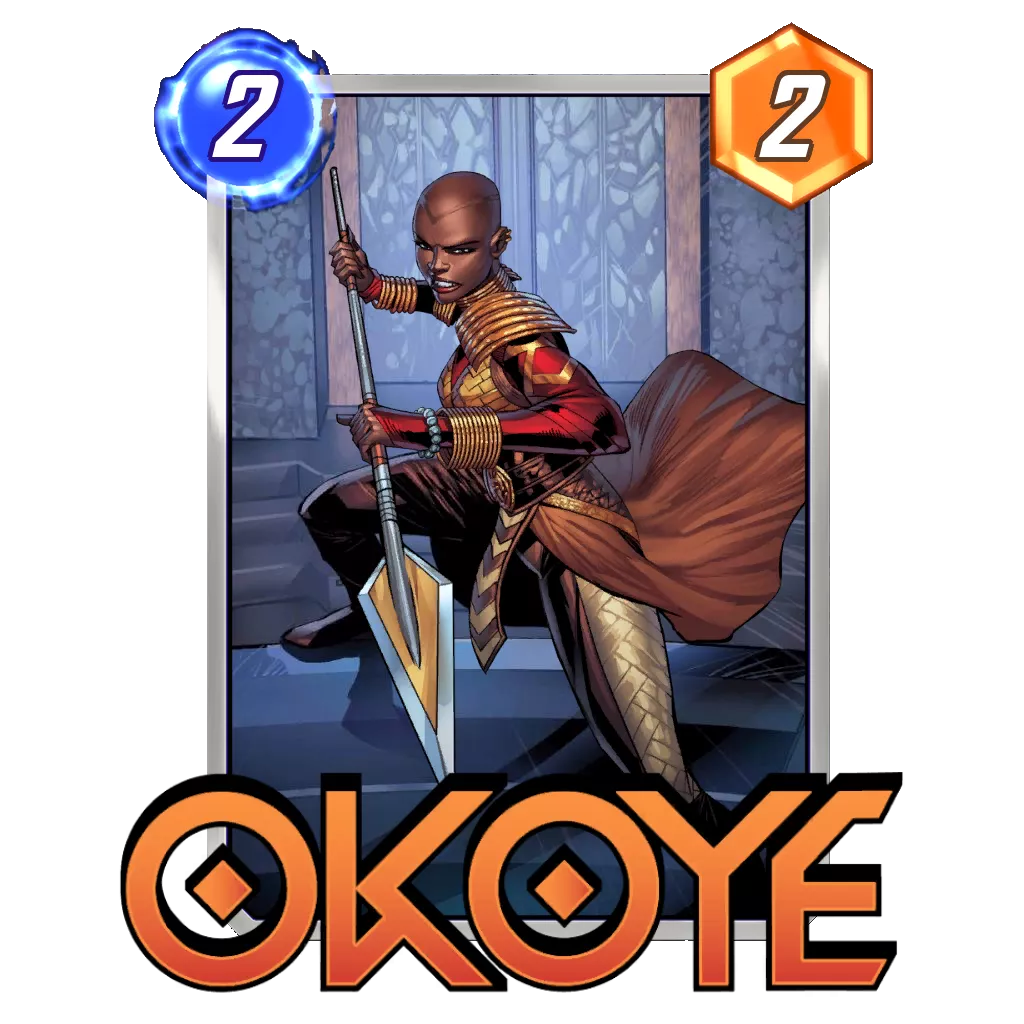Table of Contents
Marvel Snap features a lot of different cards, all with different abilities, representing ways to affect a match. In these series of guides, we will go in-depth on each of these specific abilities, covering their strengths, weaknesses, and favored gameplay.
Based around the ability to move our cards around the 3 locations during the game, the move archetype is a mix of a flexible spread of our power and the ability to grow some cards to huge numbers.
Probably the least utilized ability in today’s game, it is hard to precisely know how good or bad the move ability is at first glance. First, it is one of the most difficult abilities to play with, as it requires manipulating the available spots on each location in order to maximize our various cards.
As such, new players tend to struggle a lot with moving cards around and planning where they want a card at the end of the game compared to where to play it now. In addition to this complexity, the move ability also requires some cards that are only available in Pool 3, reducing the appeal compared to an Ongoing or an On Reveal deck which you can build with Pool 1 cards.
Yet, the Move ability is a unique one in Marvel Snap. The gameplay is much more complex as your cards can be active even after they leave your hand. Your opponents will always be on their toes, making them plan for both what you have in hand and how you are going to manipulate the board. It is probably worth to give the move synergy a try once you have collected the right cards for it.
What is the Move Ability?
We usually see 3 types of cards in the Move ability card collection:
Cards that look to move in order to become more powerful:
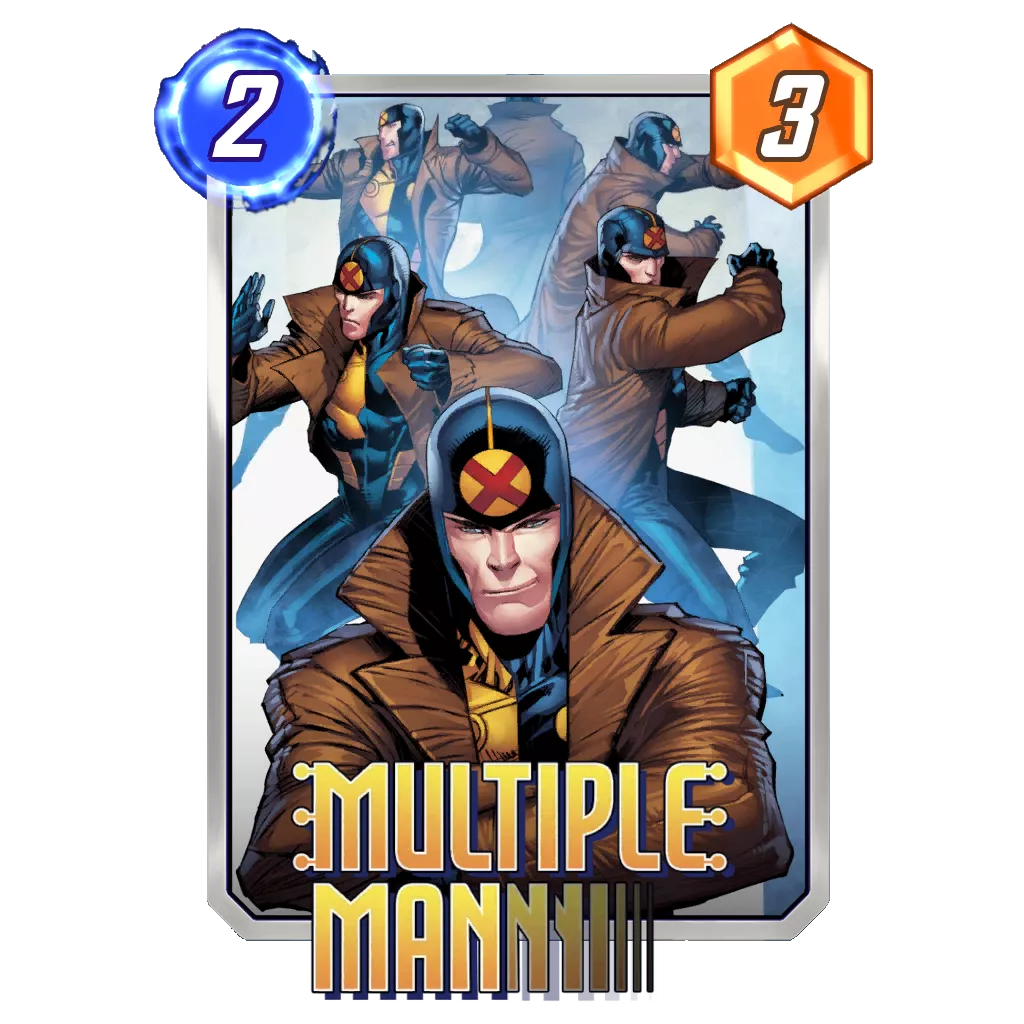





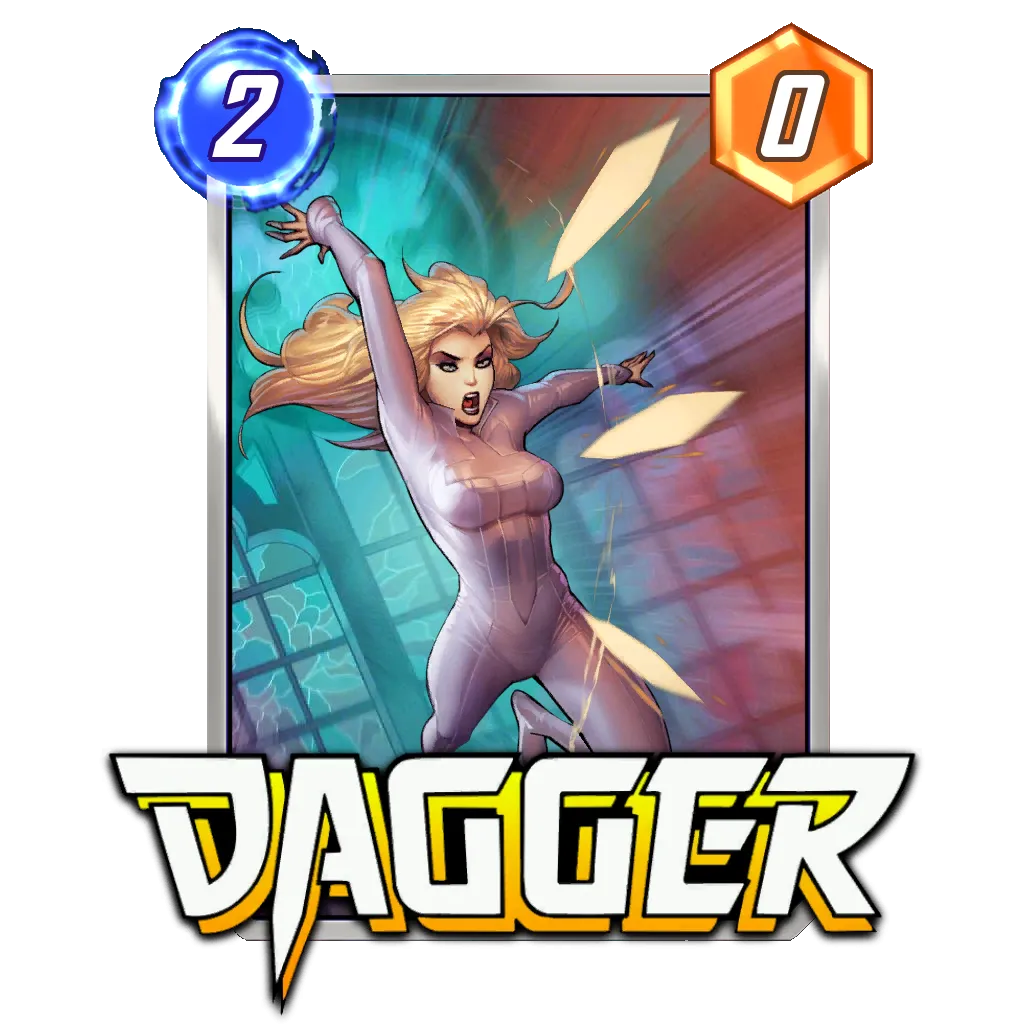






Cards that allow other cards to move:
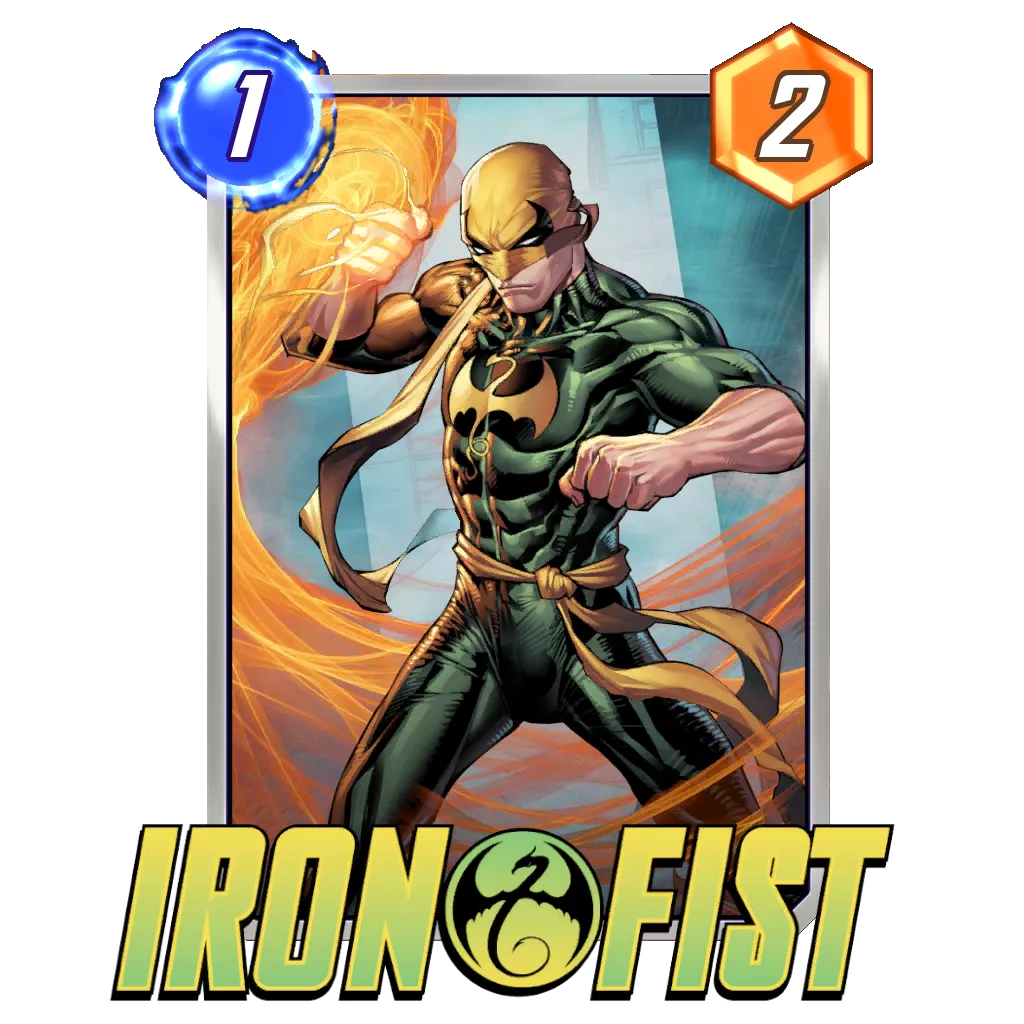







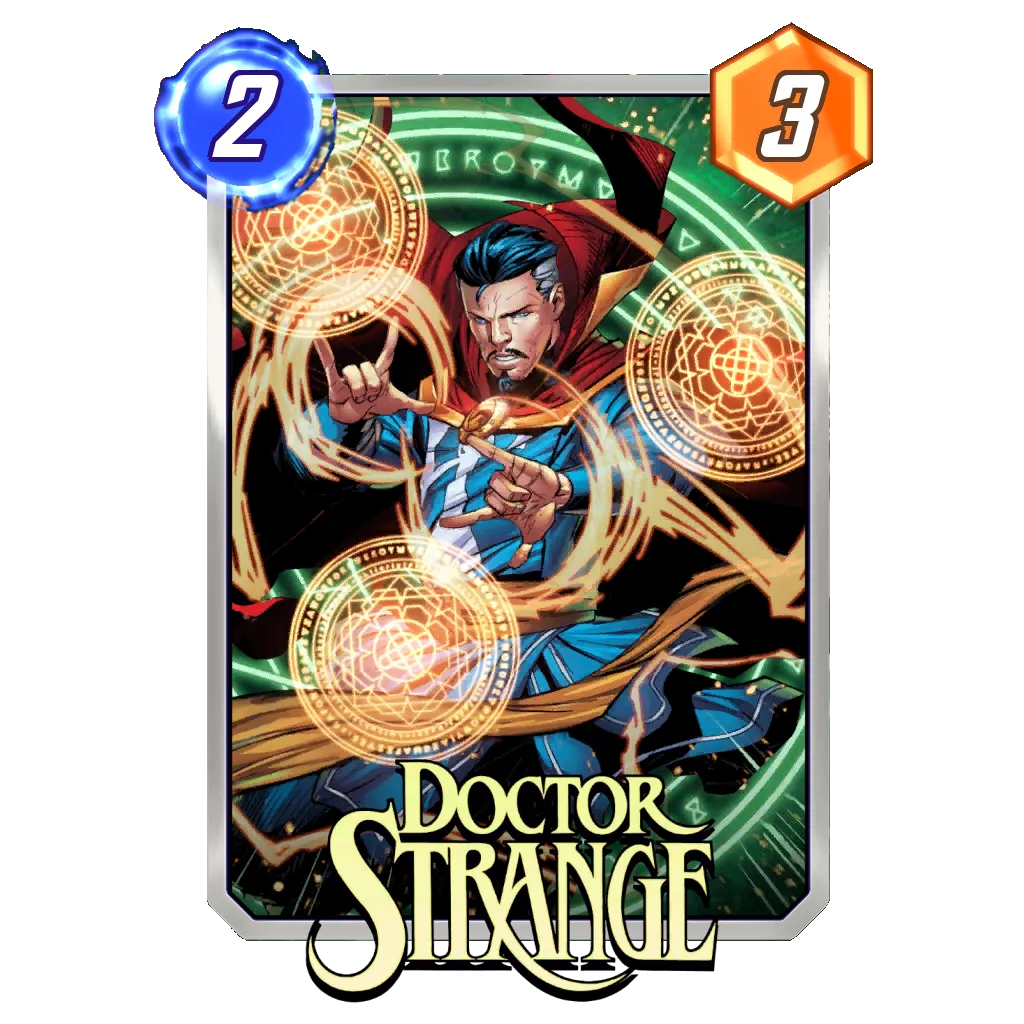










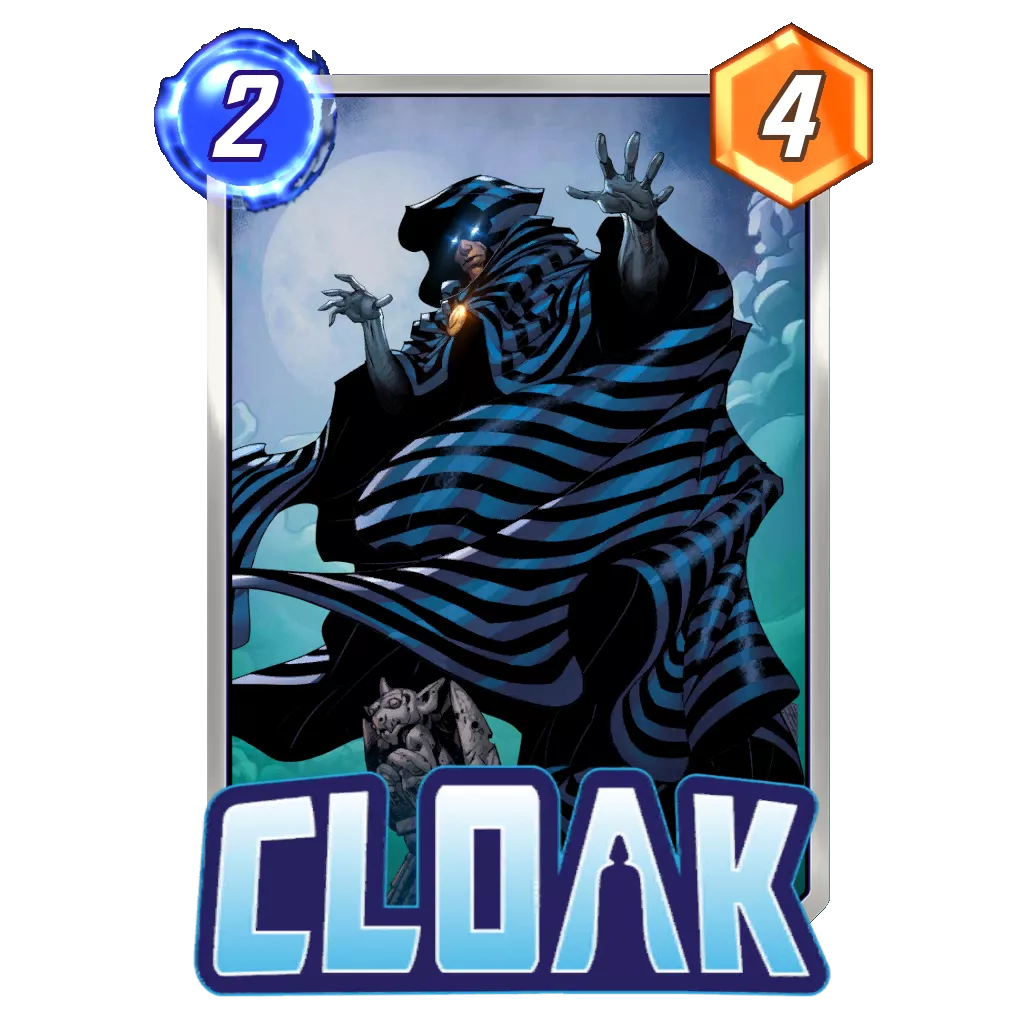






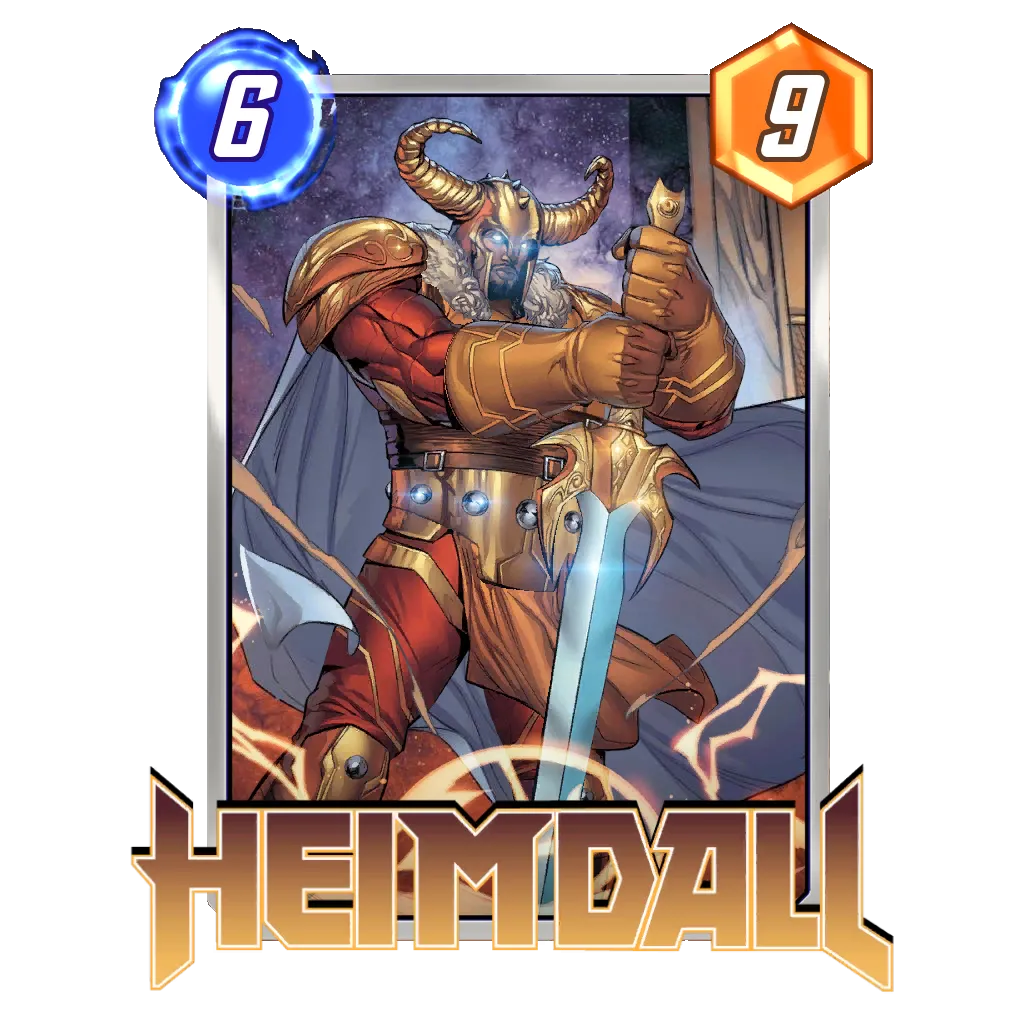






Cards that benefit from other cards moving:
By mixing all these abilities in one deck, the move archetype usually creates quite complex decklists to navigate, both for the player, but also for the opponent.
The big difference from the Move ability and the other ones is that cards tend to be active even after they have been played. Indeed, most cards in the game have an effect attached to them, but otherwise just represent a set amount of power for the final score at the end of the game. Even the Ongoing synergy, which is a durable one, can change the impact of an effect until the last turn, but it is very rare a card can impact a location they aren’t played on.
In the Move ability, cards are able to change location and grow during the course of the game. Vulture played on turn 3 in the middle location for 3 power could be worth 18 and be on the left location instead, when its all said and done.
The difficult aspect to mastering this synergy is figuring out in advance where you want your cards to end up, so you are able to efficiently challenge at least 2 locations. Another important facet to keep in mind is keeping the space available, so you can move your cards across the 3 locations.
When to Play a Move Effect?
Moving cards around isn’t usually done to confuse your opponent. It is a nice bonus to what the synergy is capable of doing, but the goal of moving those cards is to score points thanks to the movement we created. As such, most move effects are performed in two basic steps: Set-up and move.
Except in the case of Iron Fist, which will allow you to move a card in the future, most move effects will affect a card on the board. As such, the set-up is usually to play the card you wish to move and often buff it as well.






If we look at Human Torch or Multiple Man for example, we can see that the more points they are worth already, and the more points we will gain when moving the card.
In order to maximize these card’s impact, we will frequently have various ways to buff them in our deck, either before or after we play them. Currently, two staples in the move archetype are Nakia and Hulkbuster. The former allowing to buff cards while still in our hand, and the second hand attaching itself to a card in play and becoming one with it.
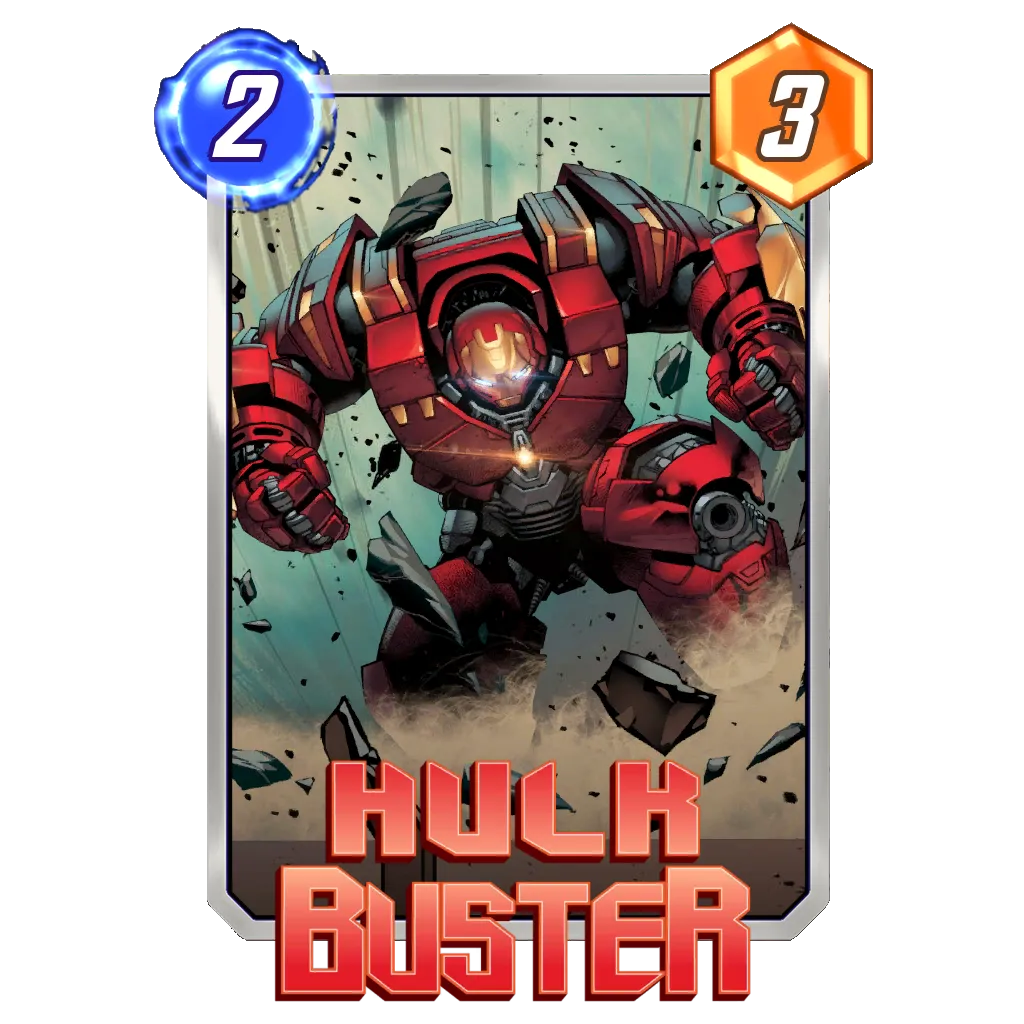






Once we manage to create a card that is worth enough points to build our whole gameplan around, the only thing left to do is taking advantage of it as much as possible, so let’s go to moving the actual cards.
There isn’t a specific timing to moving our cards, typically, once we manage to build a card worth moving as much as possible. Simply keep in mind where you would like it to end up at the end of the game.
Here are a few things to know when moving your cards around:
- You cannot move to a location that is already full. For example, if you have 3 cards in play and add Doctor Strange to the location, you will not pull your strongest card and effectively lose its effect.
- Just like the Discard ability, cards resolve as soon as they are flipped, meaning you can move the same card around in a single turn. If you copied Doctor Strange with Moon Girl, you can play both copies and move your strongest ally to the first Doctor Strange, and then on to the second one.
- Cards you use to move other cards are On Reveal effects, meaning they can be disrupted if played on a location with Cosmo or on Knowhere for example
Move Cards: Strengths
Although it is quite a challenge to play a move deck very well, the archetype features 2 big strengths that make it worth exploring:
- A couple of moves on the same card easily amounts to some of the biggest amount of points in the game. If Vulture moves twice, he represents 13 power. Human Torch represents 8 power without any buffs – it is quite easy to dominate at least one location thanks to a signature card of the archetype.
- Although it becomes predictable over time, being able to change the location we want to fight for is quite a powerful trait. Move is one of the rare archetypes able to adapt to the opponent’s gameplan, although we have already committed to some locations.
As Marvel Snap progresses in time, and players unlock new cards and learn new information, archetypes with the ability to surprise their opponent should also gain in interest. Move surely is in the category of decks capable of being unpredictable and able to win games thanks to being adaptable in the last few turns.
Move Cards: Weaknesses and Counters
On paper, the movement archetype has a lot of upsides, but this is the section where you might change your mind on looking to play a deck centered around moving to win.
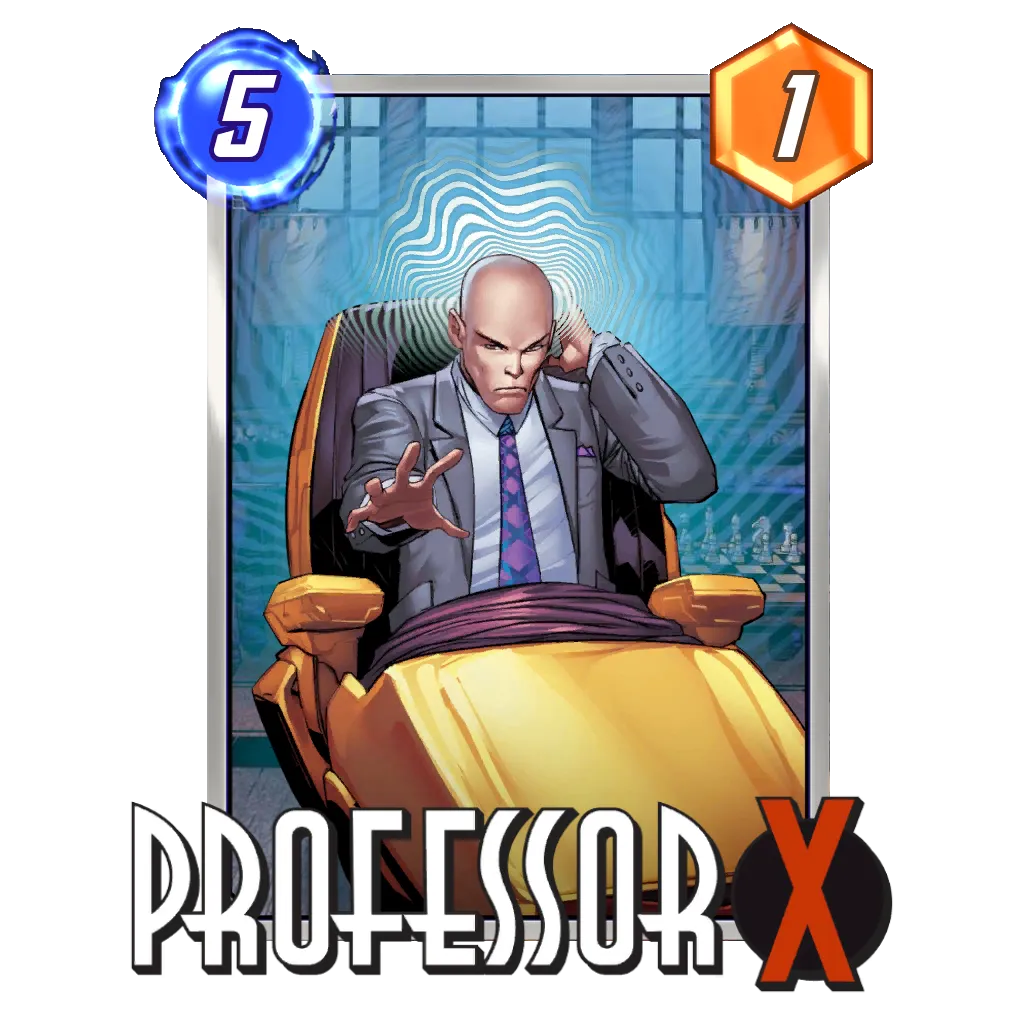









In practice, there are a lot of limitations to being able to move freely, which can make the archetype extremely difficult to exploit:
- Locations which summon extra units make it harder to move. Central Park or Shadowland can quickly be a problem as they reduce the amount of times we are able to move during the game. Cards like Green Goblin can also have a similar effect when played early on from the opponent.
- Professor X can single-handedly win the game for the opponent when played in the middle location, as it blocks our units from moving.
These problems really are holding the Move ability from truly shining in Marvel Snap. As soon as the archetype would gain a lot of exposure, players would already know how to counter it and limit its ability to move and develop its strategy.
This situation makes Move a potential good sleeper when nobody expects it in the current meta, but makes it hard to imagine becoming a staple Tier 1 deck.
Budget Move Deck Build
It is really difficult to have a competitive deck when playing the Move ability on a budget. Yet, if it is a gameplay you enjoy, it is still possible to create a list that makes sense. It might struggle against other popular synergies, as they will have more options at their disposal at this stage of the collection track.
Trying to at least unlock Vulture and Cloak in Pool 2 would benefit this deck a lot, adding 2 premium cards in the Move arsenal to this budget deck.
Because there aren’t enough cards in Pool 1 to have a deck entirely built around the move ability, this deck uses a bit of the On Reveal cards. Odin can help to enable Doctor Strange or Ironheart late in the game, serving as a weaker Heimdall but still contributing to scoring points.
The main synergy in the deck revolves a lot around buffing Multiple Man, hence why we are playing Forge and Ironheart in the build, before moving him as much as possible. While we obviously are lacking some important cards to move efficiently, already being able to create 2 extra Multiple Man thanks to Doctor Strange and Heimdall can be good enough to win a game.
Competitive Destroy Deck Build
With both Human Torch and Dagger being Pool 3 cards, playing the refined lists of the move archetype still evading a large majority of the player base. It also might be one of the reasons why the archetype still is so difficult to consider competitive, as its availability is extremely limited.
In this deck, we are trying to have cards as cheap as possible in order to be able to use our energies in the most flexible way. Ideally, most of the heavy lifting with this deck will be done in the second portion of the game, during turns 4, 5 and 6. The reason for this late explosion of our synergy is that we would like to buff Human Torch or Multiple Man with Nakia or Hulk Buster before starting to move the card around.
Dagger is usually the second way to score a lot of points with the deck, but in the same idea, we would like to wait for our opponent to play several cards before we start moving Dagger to various locations.
Vulture is the least demanding card to build around as it has a fixed buff at +5, but with Nakia typically being our best turn 3 play, he is often relegated to being played in the lategame as well.
Closing Words
The move ability is off to a rocky start in Marvel Snap, being one of the least represented archetype in the game. Nightcrawler is a staple in the metagame with the ability to move, but outside the popular one cost, the rest of the move package is rarely seen on ladder.
Currently, the synergy is largely based around moving specific cards in order to generate points, Vulture, Multiple Man or Kraven pushing for moving as much as possible. On some occasions, Heimdall can be a surprise factor on turn 6, allowing you to rework your board and push on other locations. Yet, as you face more experienced players, this surprise element disappears, and you are left with trying to score as much as possible.
Because of this, the move archetype loses some interest as you progress in the ladder, and is currently absent in the Infinite rank, where more flexible archetype on turn 5 and 6 tend to be dominant.
If you have any questions regarding this guide or simply on Marvel Snap in general, feel free to drop a comment in the section below or join our Discord server. You can also check our other guides as all the other synergy will be covered here.
For a direct contact, you can add me on Twitter or Discord (den#3613).
Good Game Everyone.
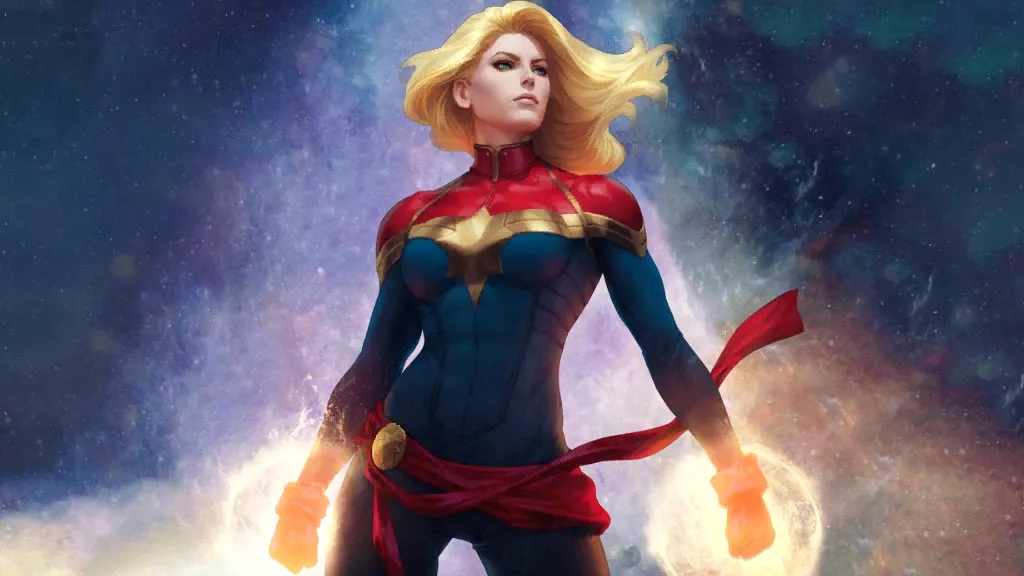
⭐ Premium
Enjoy our content? You can Support Marvel Snap Zone and your favorite content creators by subscribing to our Premium community! Get the most of your Marvel Snap experience with the following perks for paid membership:
- No ads: Browse the entire website ad-free, both display and video.
- Exclusive Content: Get instant access to all our Premium articles!
- Meta Reports: Exclusive daily meta reports, such as the Ultimate Card Metrics Report, Top 10 Decks of the Day, Top 30 Cards, and Top Card Pairs tailored for you!
- Team Coaching: Join our free weekly team coaching call sessions on the Discord server. Claim your Premium role and gain access to exclusive channels where you can learn and discuss in real time!
- Premium Dashboard: Get full instant access to the member-only dashboard, the all-in-one page for all your benefits.
- Support: All your contributions get directly reinvested into the website to increase your viewing experience! You get also get a Premium badge and border on your profile.
- Special offer: For a limited time, use coupon code SBYREX4RL1 to get 50% off the Annual plan!































